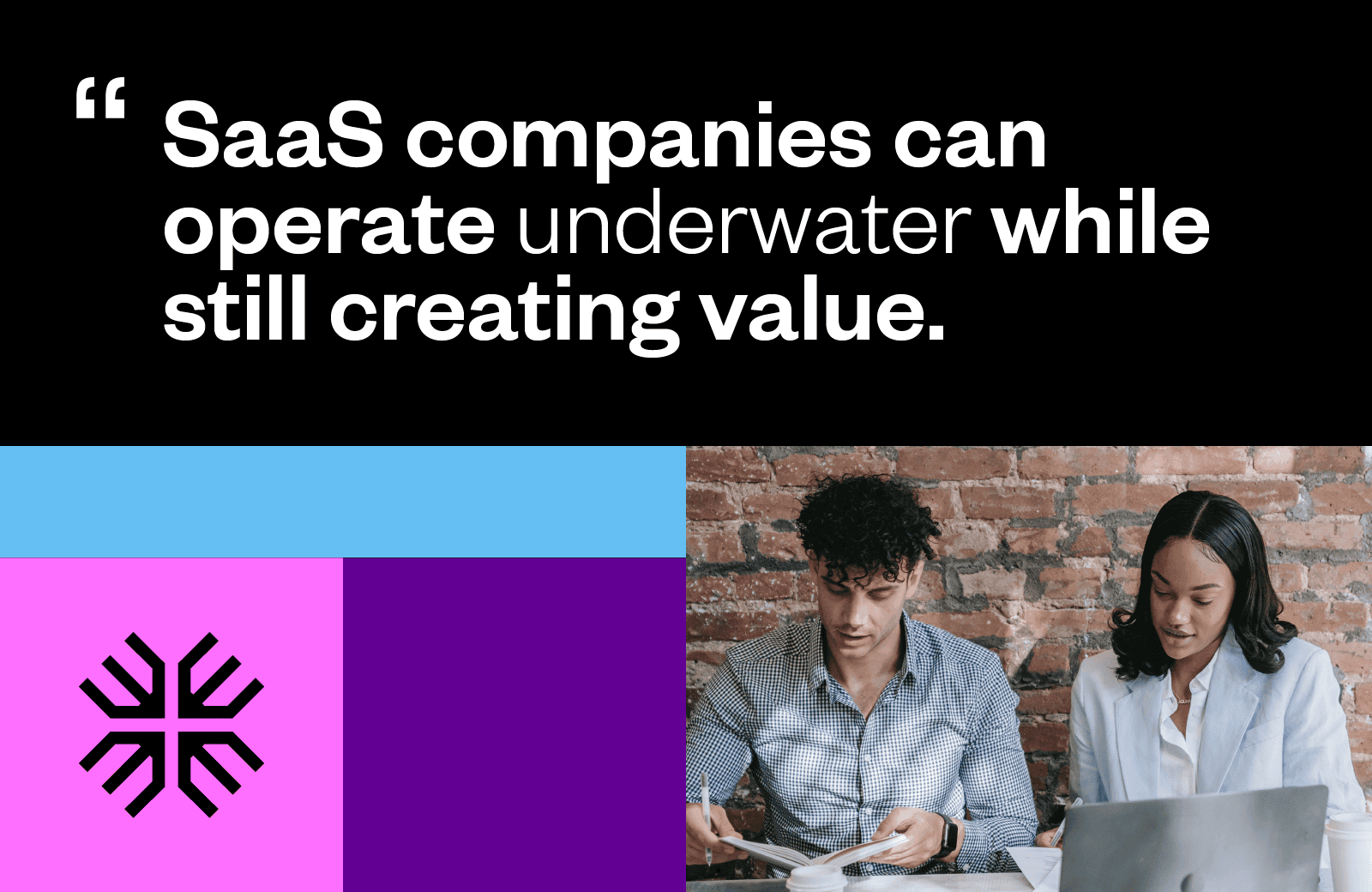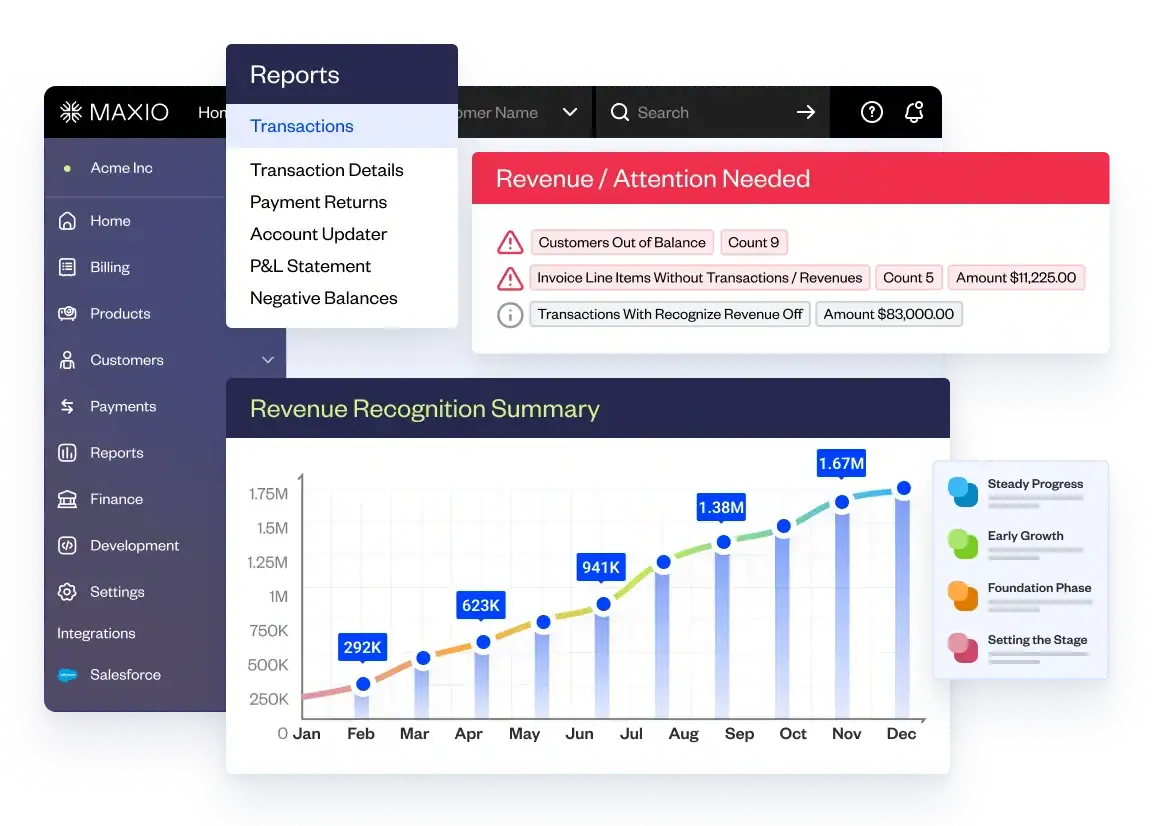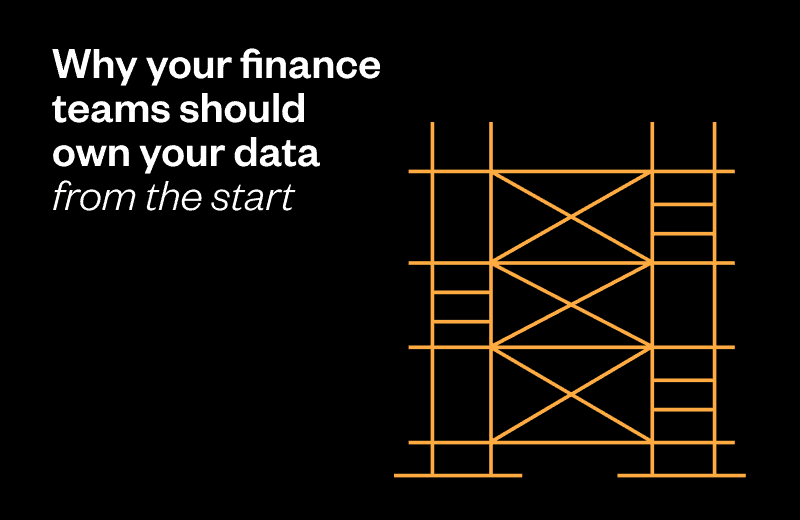Dolphins spend most of their life underwater, but they come up for air occasionally. This strategy works well for SaaS growth too.
SaaS companies can operate underwater (unprofitable) for long periods and still create substantial value. The vast majority of public SaaS businesses are unprofitable. However, there are substantial benefits to periodically coming up for air (operating profitably).
Let me describe an effective growth strategy first told to me by the founder of FreeAgent, Ed Molyneux. Ed grew FreeAgent from $0 to $10 million in ARR with little outside capital. I also saw this strategy effectively executed by several other SaaS companies during my tenure at SaaS Capital.
Ed would run his company so that once about every 18 months, it would achieve profitability for at least one quarter. Ed did not cut spending; he periodically held his expense growth rate below his revenue growth rate and naturally grew into profitability. This approach worked well for him, and it delivered four key benefits.
I call this The Dolphin Strategy.
How The Dolphin Strategy encourages SaaS growth
Focused spending
If a SaaS business maintains a high burn rate for a long time, it’s not immediately clear what spending is required to run the business and sustain growth and what spending is needed to increase growth. When a company spends money on everything, it’s hard to tell what’s really delivering benefits. For example, some companies deploying the Dolphin Strategy have effectively frozen their marketing spend yet maintained their revenue growth.
Capital efficient
FreeAgent was capital efficient because it was actually generating cash periodically, and at other times it was only modestly deficit-spending on growth. Burn rates were carefully managed because high-burn SaaS businesses are difficult to transition back to profitably. At the same time, the Dolphin Strategy allows for extra investment to be made in growth much of the time.
Proven model
Once a SaaS business has shown its capacity to generate profits, questions concerning its underlying economics are substantially answered. For example, some high-growth SaaS companies are only high-growth because they spend a lot of money on sales and marketing. By achieving profitability, a SaaS business demonstrates its sustainable growth rate which is important to outside investors, employees, and potential buyers. In addition, during periods of economic uncertainty, a SaaS business that has proven its capacity to generate profits is more attractive to outside investors.
Lowered risk
SaaS businesses using the dolphin model are never too far from profitability and know exactly how to get there. If the capital markets freeze, they can transition to profitability without significant disruption.
Of course, there are a few limitations to using this strategy.
In my experience, this is a challenging strategy to deploy in very early-stage SaaS businesses. Very young companies have basic product development and customer support needs, making achieving profitability difficult and possibly harmful. Forcing profitability in businesses under $2 or $3 million in ARR may not be productive.
The second limitation of the Dolphin Strategy is for businesses attempting to carve out a leadership position in a large market very quickly. The Dolphin Strategy would constrain growth, cost market share, and possibly cause the company to lose market leadership.
For most SaaS businesses, however, the Dolphin Strategy creates an operating dynamic that helps focus spending, drive capital efficiency, and lower risk.
Need help creating growth projections and navigating spend rate? Check out Maxio’s Complete Guide to Revenue Modeling below.
About the Author
Todd Gardner is the Managing Director of SaaS Advisors and the founder and former CEO of SaaS Capital. Todd was also a partner in the venture capital firm Blue Chip Venture Company and was a management consultant with Deloitte. Todd has worked with hundreds of SaaS companies across various engagements, including pricing, capital formation, M&A, metrics, valuations, and content marketing. Todd is a graduate of DePauw University and Indiana University.






